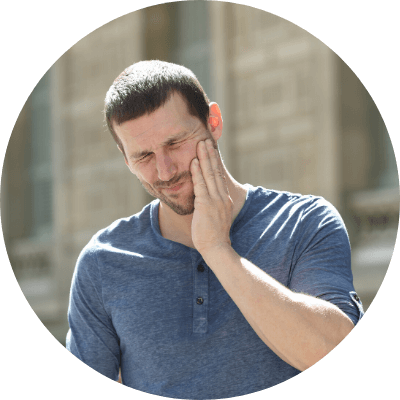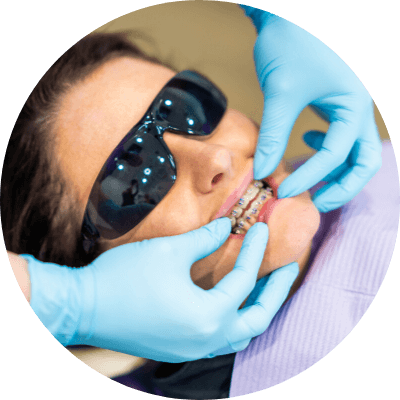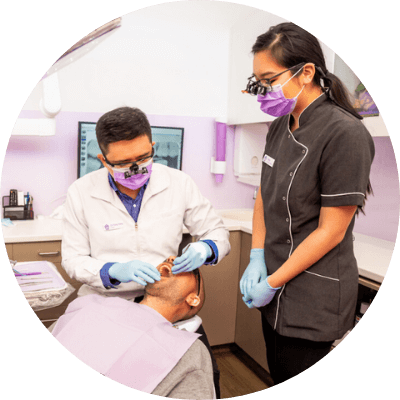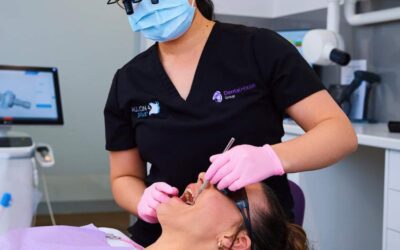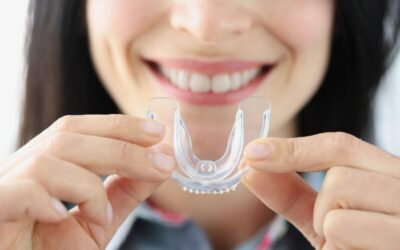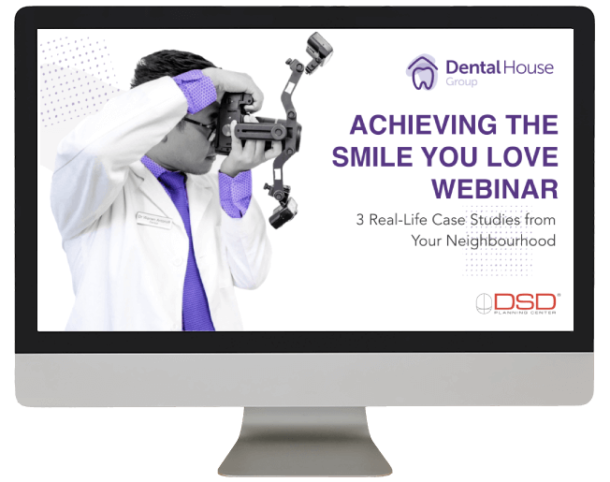Overshot & Undershot: The Shared Jaw Flaws Of Dogs & Humans
Overshot & Undershot: The Shared Jaw Flaws Of Dogs & Humans
“It is not overstating things to say that dogs are people, and we are our dogs.”
– Dr Greger Larson, Professor of Evolutionary Genomics, University of Oxford
What is it that we share with them?
Science and archaeology tell us it’s a cultural and evolutionary history that is unlike any other, and many studies suggest it’s no mere coincidence that humans and dogs have mutual alignment when it comes to deep relationship.
Certainly, the dog we choose to share our life with will share similar traits to ourselves. It’s why there is the perception that dogs often look like their owners, and owners like their dogs. As hardwired as we are for language, humans are equally so when it comes to seeking what feels familiar.
A 2015 study by Miho Nagasawa of Azabu University, Japan suggests that we may subconsciously choose dogs whose eyes are similar to our own, in terms of gaze and intensity. Over eons of co-evolution, dogs probably insinuated themselves into human society by co-opting this behaviour, and therefore the neural machinery that draws humans together in tight pair bonds.
It’s a tendency that influences the sensation of love in our species: shared genetics are how we choose our partners, so it’s not absurd to consider it’s a psychological strategy for how we decide on the most appealing and most suitable dog for ourselves.
After all, they too, partner us in life.
It’s neoteny that endears them to us; the ‘cuteness’ factor. Characteristics that humans favour because they’re very newborn-like: a big head, innocent eyes – the stuff that brings out a powerful need to protect and nurture, and for which our brain rewards with a shot of dopamine.
The young of most species have these consistencies. It’s what makes baby animals so hard to resist.
One of the most useful gains for the domestic dog during their evolution from wolves is the development of movable eyebrows, which makes their eyes look bigger and allows expression. Wolves don’t have these same facial muscles, nor do they make eye contact with humans – something dogs most certainly do; and a hallmark of the relationship we have with them.
Scientifically, puppy eyes and baby eyes elicit the same chemical and emotional response. It’s basically what makes our dog feel like family to us – an imprinting that involves the ‘love hormone’ oxytocin and triggers feelings of happiness.
Not only is it reciprocal, it creates an infinite loop of bonding with mutual benefit. And it’s why we believe that what’s good for us is also good for our dog.
We may be different species, but we mimic each other quite a lot.
So close is our relationship, we share our food, our environment, microbes, and microorganisms. A few medical conditions common to people and dogs alike, include arthritis, cancer, diabetes, heart disease and sleep apnoea. Anxiety and depression also make the list because as thinking, feeling creatures we share the same suite of fundamental psychological needs.
Curiously, we’re also affected by similar dental issues.
Recent research revealed striking similarities between human and canine temporomandibular joints (TMJs) that could assist future treatments for the painful condition that afflicts this connecting joint of the jaw to the skull, necessary for biting, chewing and swallowing. Form and function are directly tied to the structural differences.
In humans, it’s a synovial joint that has a significant role in the way we eat, speak and even sleep; for dogs they’re primarily for biting and swallowing food as they chew very little in comparison. For them, TMJs are essentially a strong hinge for opening and closing, with little lateral flexibility.
The interest for researchers lies in gaining better understanding of canine TMJ strength in order to improve future treatment options for the headaches, jaw and facial discomfort, and neck, shoulder and back pain experienced by humans with TMJ disorders.
Dogs can also suffer jaw issues, and some symptoms are the same; often displayed by difficulty in opening or closing the mouth, discomfort when eating, using only one side of the mouth, or losing interest in food.
Notwithstanding the obvious difference in overall structure and number of teeth between the mouth of Homo sapien and that of a dog, researchers in the oral biology department at Damanhour University in Egypt conducted a detailed comparative analysis and the parallels are not insignificant.
In terms of teeth, both man (sic) and mongrel are diphyodont (two sets), with brachydonts (a relatively short crown, above the gum line and deeply rooted in the jaw). There’s a very close resemblance in dental tissue, and the only real difference in enamel is that the layers are thinner in dogs.
People and pooches can also have the same severe orthodontic problems. Pronounced genetic overbites, underbites, overcrowded and misaligned teeth are suffered by both. It’s common knowledge that braces treat these issues in humans – what may come as a surprise is that dogs can get them too.
What won’t be a surprise is that just like humans, canine orthodontic treatments are expensive. And in the same way insurance for people often doesn’t provide what may be expected, pet insurance doesn’t cover it either; and cost is dependent on the breed of dog.
The only upshot is that the treatment for dogs is significantly quicker – on average a dog only needs braces for two to three months. With the addition of oral antiseptic, it requires the same maintenance: brushing, check-ups, and soft foods for at least a couple of weeks.
Not all overshot or undershot jaws require orthodontics, although for dogs, a conventional bowl can make picking up food a challenge. A tilted bowl helps because the altered angle automatically extends the neck rather than straining the jaw, making eating and drinking easier.
Ball therapy is also a treatment in correcting the teeth misalignment that comes with shortened upper or lower jaws.
Plaque, tartar and gum disease are also not limited to us, and there are toothbrushes, toothpastes, gels and sprays specifically for dogs in order to maintain oral hygiene. Like us, they can also have their teeth professionally cleaned, and regular brushing avoids plaque and tartar build-up.
Dogs are people, we are our dogs and it’s a dog’s life when there are dental issues. Take care of them as best you can for yourself, and your best friend.
DISCLAIMER:
The content has been made available for informational and educational purposes only. Melton Dental House does not make any representation or warranties with respect to the accuracy, applicability, fitness, or completeness of the content.
The content is not intended to be a substitute for professional personal diagnosis or treatment. Always seek the advice of your dentist or another qualified health provider with any questions you may have regarding a dental or medical condition. Never disregard professional advice or delay seeking it because of something you have read or seen on the Site.
Services Mentioned
More Dental Articles
Red, Red Wine: Is It Beneficial For Oral Health?
Is red, red wine beneficial for our oral health? Or does it just feel good at the time & if you overdo it you feel like cr*p the next morning…
Detecting Oral Cancer Is Given The Brush
In 2020, Oral Cancer accounted for almost 380,000 cases, and 180,000 deaths globally. It’s on the increase with diagnosis incidents…
Could The Surge In Pneumonia In Children Be Related To Their Teeth Brushing?
Kids and teenagers are not self-maintaining, and nor is their oral health. Teeth brushing: spend time with it frequently…
What Is Dental Sleep Medicine? It’s Not Sleep Dentistry
Dental Sleep Medicine is the intersection of dentistry with issues affecting sleep. Snoring, sleep apnoea, & related breathing disorders…




